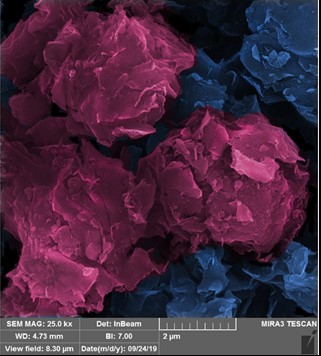Anti-ultraviolet aging nanocomposite-modified asphalt binder
Abstract
Under UV radiation, bitumen partially absorbs the ultraviolet light emitted by solar radiation, which changes its molecular structure and chemical composition and promotes the aging process. Consequently, binders containing bitumen that are resistant to UV aging are of great interest for applications in asphalt road construction, roofing, sealing and building construction.background
The effect of nanocomposites on UV aging properties of asphalt binders is well known. The aim of modifying asphalt binders with nanocomposite is to retard aging, deformability and thermal susceptibility in order to improve mechanical strength, thus increasing the quality and durability of road pavements. Titanium dioxide, copper oxide, zinc oxide, silicon dioxide and montmorillonite are some nanocomposites that have been used to improve the aging resistance of asphalt binders to UV radiation. However, ZnO and TiO2 can damage the material structure and they are relatively expensive. Clay can efficiently reduce asphalt aging and can be used as an inorganic shielding agent that is harmless and nontoxic. Clay nanocomposites can improve the resistance of bitumen to moisture damage.
Innovation / Solution
It was found that fumed silica nanoparticles uniformly coat clay layers. Utilizing the specific nanostructure of clay nanosheets and fumed silica nanoparticles can significantly improve the stability and reactivity of nanocomposites due to their advantageous physical properties. The combination of clay and fumed silica as a nanocomposite has proven suitable as an admixture for asphalt binders. This can significantly improve the mechanical and rheological properties of the asphalt binder as well as its resistance to moisture damage and aging.Benefits
fields of application
Use of modified binder to improve UV resistance, increase strength and improve crack resistance of asphalt.You can close this window. You can find your search results in the previous window





